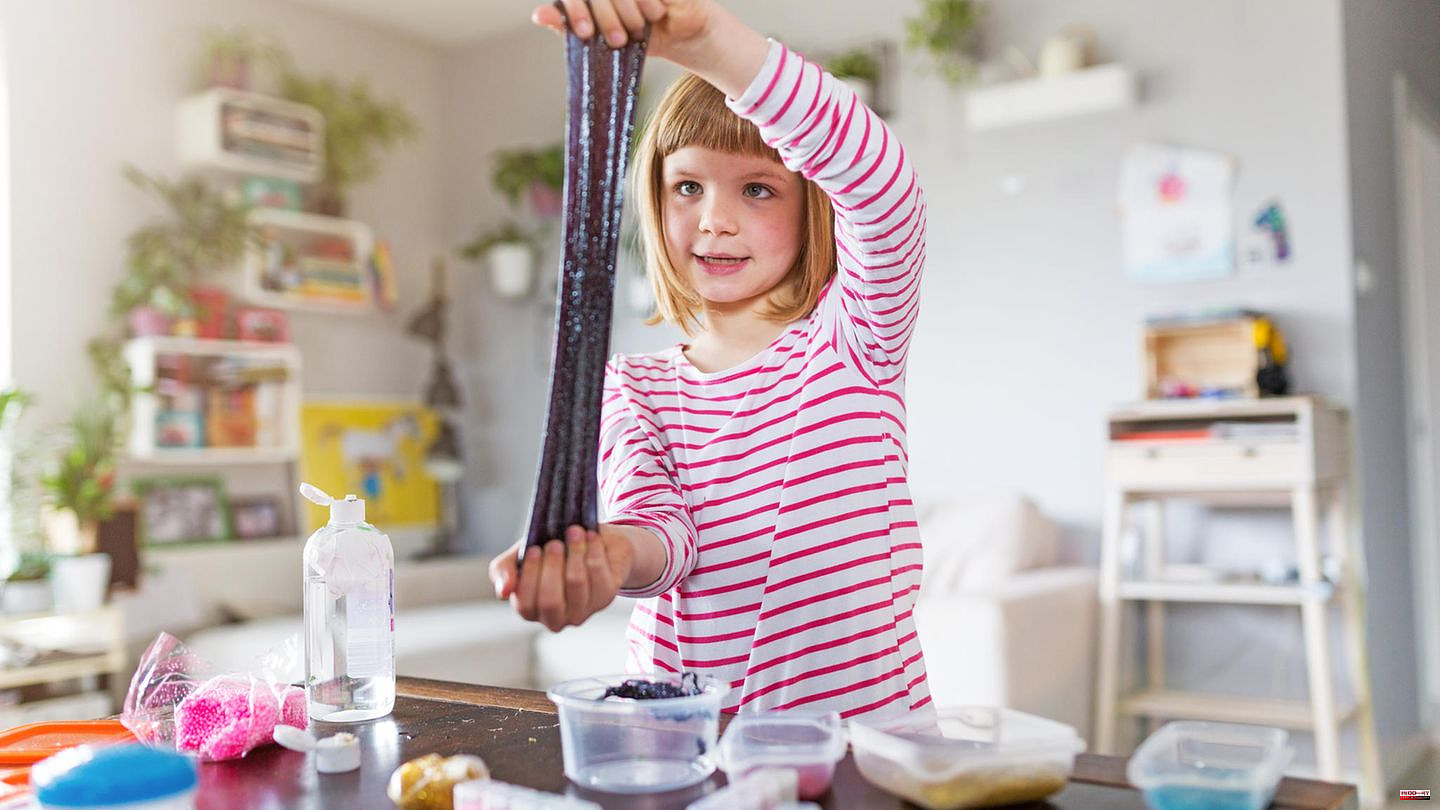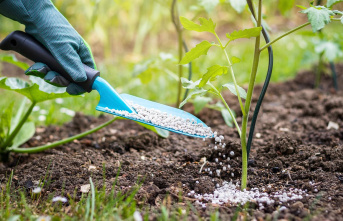The time spent in your own four walls can feel like an eternity for your children in winter. Employment is needed and that means: making your own slime. It is a toy that consists of a durable and sticky mass. The production is not difficult and the creative possibilities are almost endless. We'll explain the "Slime" phenomenon to you and tell you everything you need for the craft project.
Slime (or "slime") has been around for a long time. The tough mass came onto the market as early as the 1970s and was a popular toy. Back then, it was common to buy the slime already made. Nowadays, the appeal of the trend is to make your own slime at home. This means that no home kitchen remains safe and no recipe from the internet remains untried. The trick is: although the slime sticks well to your hands, it doesn't stick to it. Children are on fire when it comes to new creations. Numerous materials, colors and ingredients can be combined during production. This means your children can let off steam creatively and make their own toys.
The basis of "Slime" should be a gelatinous and stretchy mass. This can be made from a variety of ingredients. Here are two base recipes, one with glue and one without. Remember: If the homemade slime no longer sticks to your hands, then it's a success. Experiment with the mixing ratio of the ingredients, then you will achieve the best result.
Craft glue is a reliable ingredient for making slime both solid and flexible. For a portion of slime, put solvent-free and water-soluble glue in a container. This ensures that the result is non-toxic and playable. In general, however, the slime is not suitable for consumption. If you want to make colored slime, just add food coloring. For the ideal consistency, add contact lens solution and baking soda, so the slime will stick but still be easy to peel off your hands.
checklist
You need two natural ingredients for this recipe. Mix psyllium husks with warm water in a saucepan on the stove. Stir until the mass becomes firm. Make sure that the psyllium husks are powdery so that the "slime" doesn't become chunky. Then take the slime out of the pot and let it cool down completely. The result is not comparable to the glue variant, but it consists only of natural ingredients. In addition, the slime consistency varies depending on the cooking time and mixing ratio. Food coloring spices up the natural slime.
checklist
Have you finished the base? The big fun for your kids follows now. In fact, Slime can be decorated to your heart's desire. This is how the most creative creations come about. We show you the most popular ingredients.
You can also determine the color by adding different ingredients. You can either mix the slime with food coloring and glitter powder or just use one of the two ingredients. Of course, different colors can be mixed, such as blue food coloring with silver glitter powder. Here is a glitter powder set with many colors.
Slime is so popular that there are already kits specially put together for decorating slime on the internet. Anyone who appreciates a large selection should take a look at this diverse decorative set.
The consistency of slime is one factor that makes it so popular. However, it doesn't just look slimy, it also has more structure. Children like to use small styrofoam balls. The balls can easily be mixed with the slime and give it a special grip. Here you will find Styrofoam balls in all colors.
The more unusual the slime creation, the more exciting it is for children. The variant with fluorescent color is therefore particularly popular. This is how you are sure to save every dark autumn afternoon. The special color comes to life in the dark and under a special UV lamp. Here you will find colorful black light colors and the right lamp.
You must be wondering how long you can let your kids play with the homemade slime. As a rule, the slime should be disposed of after a week, especially if it has been played with intensively and it has absorbed dirt. To keep the slime fresh, store it in an airtight, cool place. For example, use a mason jar or a ziplock bag that they store in the refrigerator.
Have you got the urge to make your own slime on a rainy winter's day? As funny as this trend sounds, it is also fun. Your children will be delighted and let their creativity run free. So, the more ingredients and colors, the more unusual the results. Have fun trying it out for yourself.
This article contains so-called affiliate links. There is more information here.












